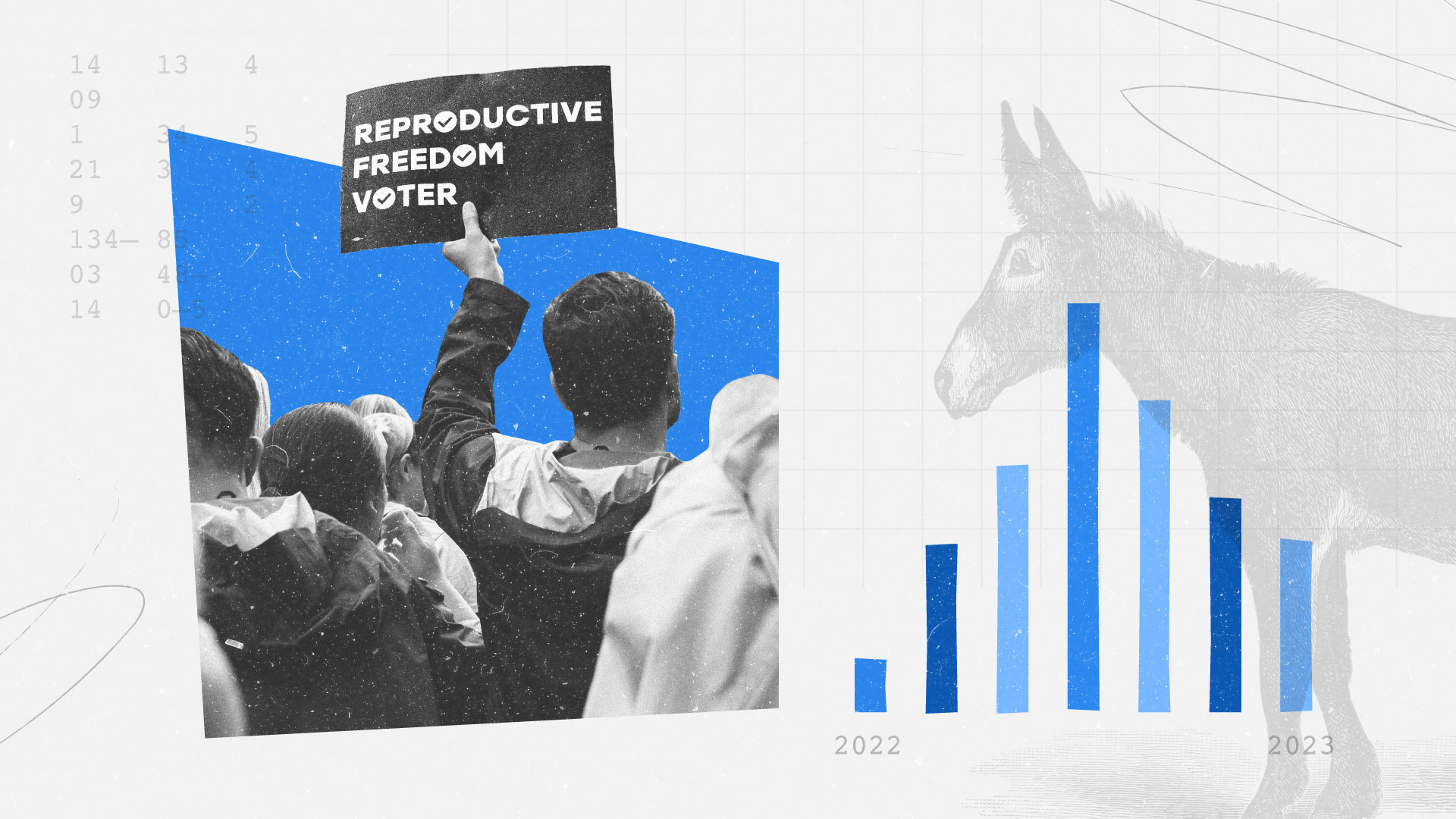As Some Teams Axe Radio Broadcasts, Poll Suggests Bigger Impact on Younger Fans

Key Takeaways
Sports fans ages 30-44 are the most consistent consumers of live sports on the radio, with 29 percent listening at least weekly.
1 in 5 sports fans listens to live games on the radio at least once a week; 1 in 3 listen at least monthly.
Older sports fans are less likely to convert to streaming, with 55% ages 65 and over saying they’d be less likely to listen.
The Oakland Athletics surprised longtime fans this offseason by ending local broadcasts of live games on traditional AM/FM radio, becoming the first MLB team to do so. Instead, the team’s games will be available via a streaming station called A’s Cast that lives within the free TuneIn internet radio app. Paid subscribers can also listen on satellite radio.
The A’s, who have framed their streaming-only approach as forward-thinking and are touting the channel’s programming beyond live games, aren’t the only major professional sports team without a terrestrial radio presence. The NHL’s Los Angeles Kings left the AM dial in 2018 and took their live game audio exclusively to the iHeartRadio app.

Critics of the A’s move say leaving AM/FM alienates the team’s oldest and most loyal fans, but a new Morning Consult survey shows that the oldest sports fans aren’t actually the ones listening to live sports on the radio most frequently. They are, however, the least likely to convert to streaming.
Fans ages 30-44 are the most consistent consumers of live games on terrestrial radio: 29 percent listen at least once a week and 39 percent at least once a month. Fans ages 18-29 are right behind, with 34 percent in that group listening at least once a month. By contrast, fans 65 and over are the least frequent live sports listeners on the AM and FM dials, with 10 percent listening at least once a week and 21 percent listening at least once a month.
In addition, 30 percent of fans 65 and up are listening to live sports on AM/FM radio less often than they used to, 10 times as many that are listening more often. Younger fans were much likelier than the older group to say they were listening to more terrestrial radio than in the past.
Forty-one percent of sports fans said they’d be less likely to listen to live games if the broadcasts were exclusively available via streaming and satellite radio, including 31 percent who said they’d be “much” less likely to listen. Older fans are the least likely converts, with 46 percent of fans ages 55-64 and 55 percent of fans 65 and up saying they would be less likely to listen to live sports.

The survey of 1,517 self-identified sports fans, conducted from Feb. 27 to March 1, found 21 percent listen to live sports on traditional AM/FM radio at least once a week, and 32 percent listen at least once a month. Among those who consider themselves “avid” sports fans, 38 percent are once-a-week listeners and half listen at least once a month. The margin of error for the survey is 3 percentage points.
Overall, sports fans are split nearly down the middle on their consumption of live sports broadcasts on the radio, with 52 percent saying they sometimes catch a game.
By comparison, 34 percent of fans sometimes listen to live sports on satellite radio and 30 percent sometimes listen live via a streaming platform.
Even among fans 18-29, live sports listenership on AM/FM radio is higher than on satellite radio or online.

Fifty-eight percent of fans who listen to live sports on AM/FM radio said they do so most often in the car, with another 26 percent saying they most often listen to games on the radio at home. Among those who stream games, 40 percent said they do so most often at home, while 28 percent do so most often in the car and 10 percent do so most often at work.
Alex Silverman previously worked at Morning Consult as a reporter covering the business of sports.
Related content

As Yoon Visits White House, Public Opinion Headwinds Are Swirling at Home

The Salience of Abortion Rights, Which Helped Democrats Mightily in 2022, Has Started to Fade
